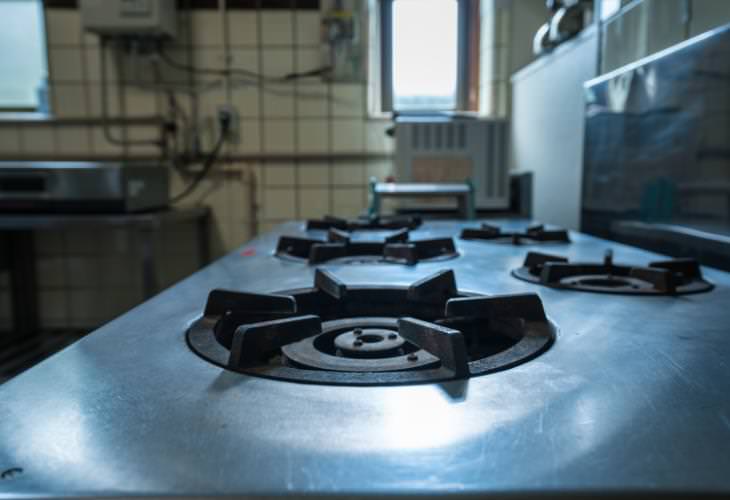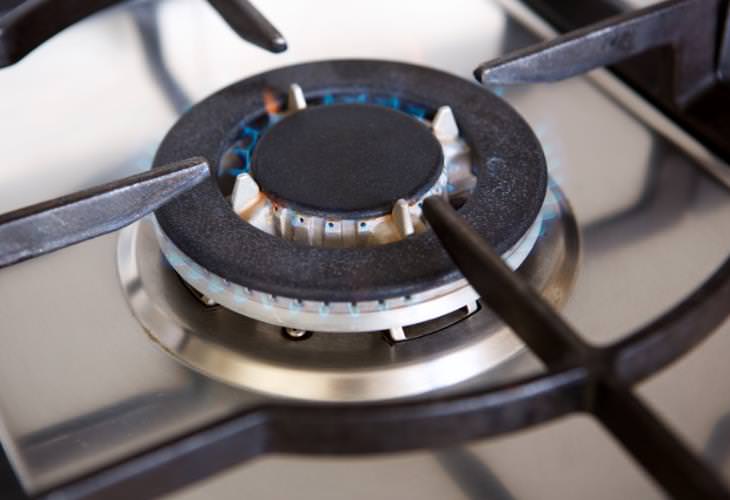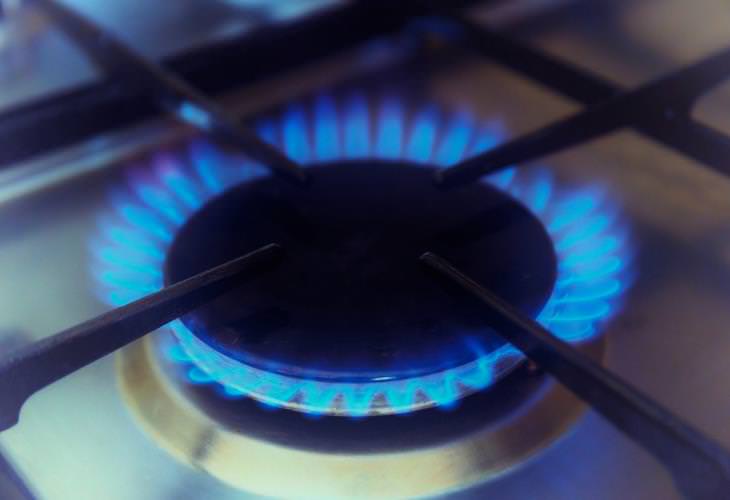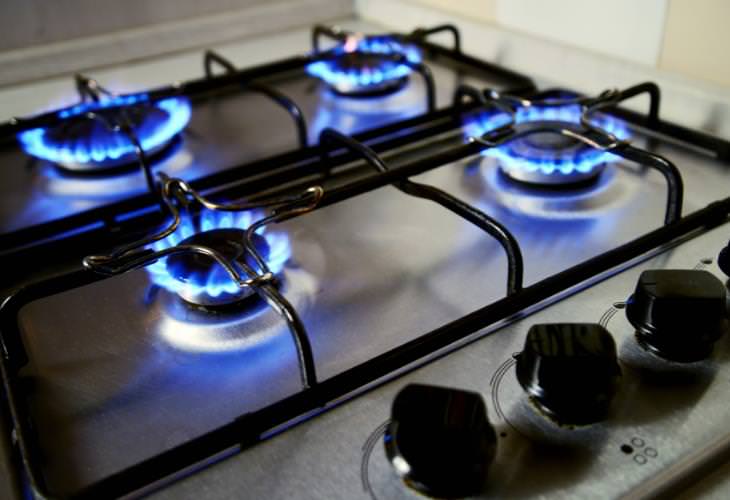The gas stovetop is one of the most important appliances in our kitchen. Without it, you won’t be able to make those delicious pancakes for breakfast or pork chops for dinner, after all. More importantly, gas stoves are economical and easy to use.
However, just like any other electrical appliance, the stovetop can often cause a variety of problems as well. The gas burner not lighting up or heating slowly, for instance, are pretty common issues. But whenever you face these problems, there’s no need to be alarmed; many stovetop issues can be fixed easily at home.
Today, we will look at some common gas stove problems and how to fix them.
1. The Gas Burner Flame Won’t Light
If your gas flame doesn’t light up, there are a few things that may be causing the problem.
The Solution:
- Light your stovetop gas burner and notice if there’s a clicking sound accompanied by a slight gas odor. If you hear the click but don’t smell anything, the problem might be with the gas flow. If you don’t hear any sound but can sense the gas stench, the ignition switch is likely to be causing the trouble.
- Turn off the stove and carefully remove the burner cap and grate.
- Now clean out any food crumbs, dirt, and grime without disturbing any wires.
- Put everything back together and reconnect any wires that may have come loose.
- Try and light the gas burner now. If it still doesn’t light up, then you likely need a new igniter or your gas connection needs work. It’s best to call a professional to tackle these issues.
2. Low Gas Flame
Your burner flame can be too low at times. This can happen due to blocking in the valves, leaving the flames uneven or small and weak. To solve this, you would need to clean up the substances that might be causing the blockage.
The Solution:
- Turn off the stove and carefully remove the grates and burner caps.
- Fill hot water and dishwashing liquid in a small container.
- Scrub the dirt, grime, or loose food deposits properly with a steel scrubber or a toothbrush.
- You can also use a solution of vinegar and baking soda. It works wonders in removing dirt and grime.
- Alternatively, you can also soak the burner caps and grates in a sink full of soapy hot water.
Note: Avoid using a toothpick to clean the stove valves as it can break and block the gas flow.
3. Noisy Burner Flame
A noisy burner flame is another common gas stove problem. The burner can emit a hissing noise if too much or too little air is supplied to it. Fixing the air-to-gas ratio might help.
The Solution:
- Turn off the gas stove.
- Remove the top cover of your stove or the knobs and the burner heads, depending upon the model of the gas stove you have.
- Find the air shutter slot. It’s located at the end of the burner tube. You will find a screw attached to it.
- Grab a screwdriver and carefully enlarge or shrink the air shutter slot for increasing or decreasing the airflow.
Related: Here's a Really Cheap & Easy Way to Clean a Stovetop
4. Gas Stove Top Clicks Repeatedly
When you light the gas stove, some clicking noise is normal. But if the noise persists after lighting, that’s a problem. It’s generally caused by some kind of blockage in the burner. Another reason might be that the burner cap is loose.
The Solution:
- Check to make sure the burner cap is in its place and hasn’t been knocked out.
- Check if there is any debris blocking the hole.
- Food debris gets stuck in the gas grate from time to time on stovetops. They can be removed with a paperclip or some other slim, metal object. DO NOT use anything easily breakable or flammable such as toothpicks or plastic forks.
- If the above step doesn’t solve the problem, then some excess moisture might be trapped somewhere on the stovetop. Take a clean and dry towel and dry the surface of the stovetop thoroughly. Also, get rid of any water or grease deposits that you can find.
Related: Learn to Solve 7 Common Appliance Problems All By Yourself
With these tips in mind, you can keep your stovetop running smoothly despite the odd issues. But remember that if there’s a major issue with your stove (like a strong gas odor even when the flame is not burning), it’s always safer to take the help of a professional.
Share these tips with those who might find them useful...




